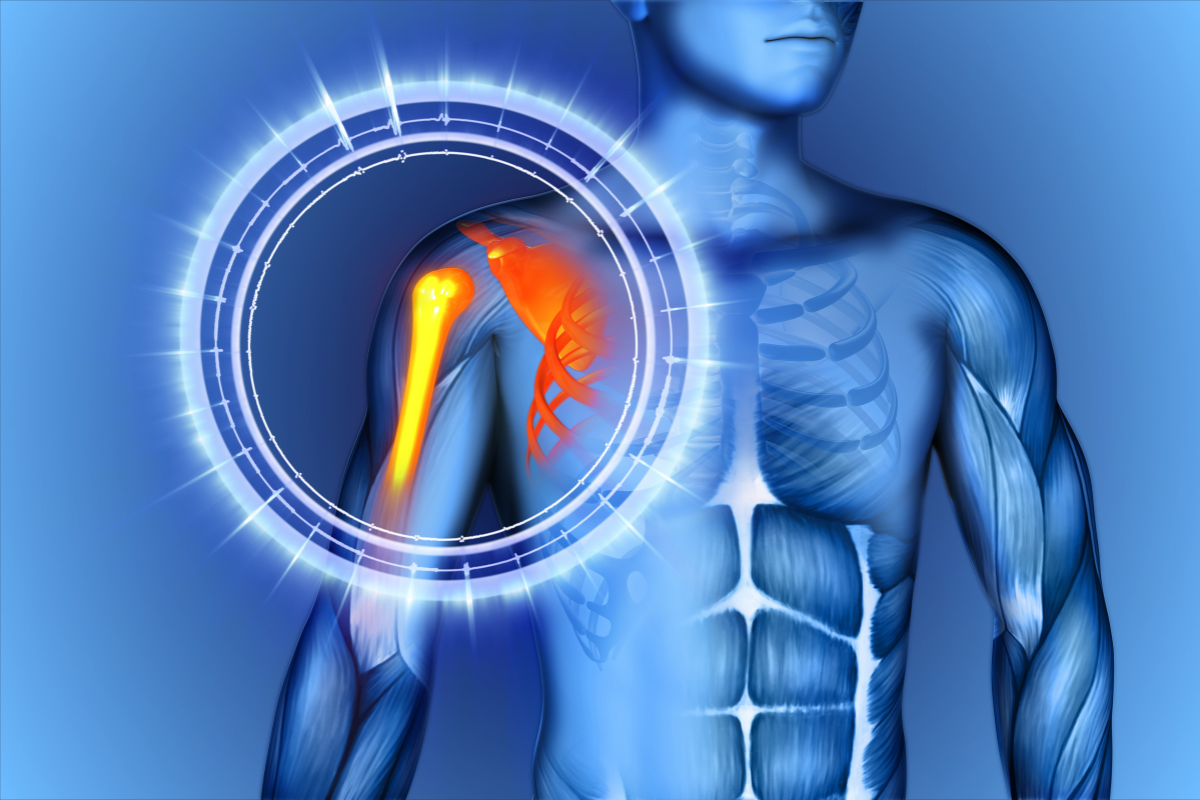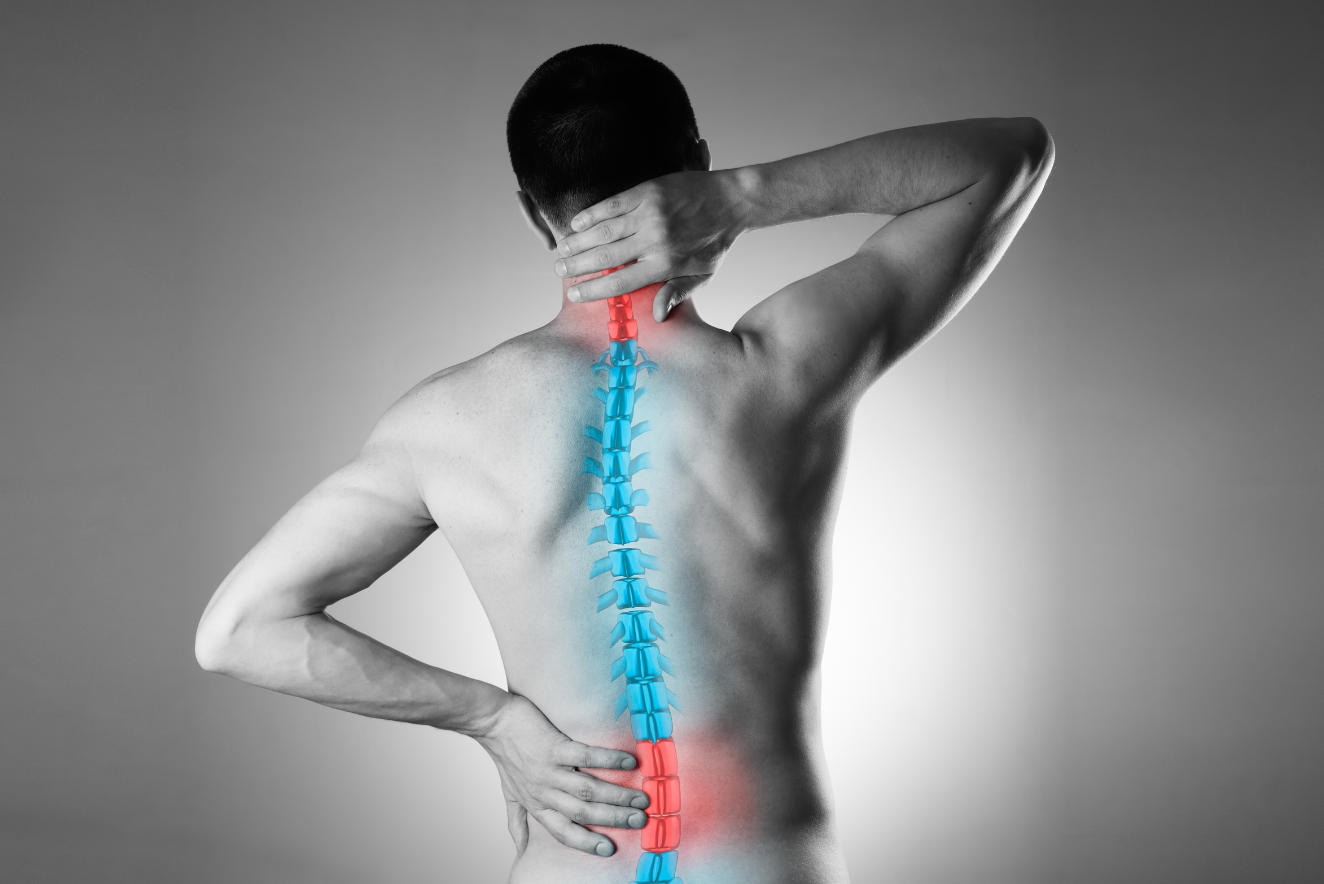The modern office-based workforce, especially in the rapidly growing economies of Asia, spends long hours at workstations or in front of computers. This has led to a growing health issue known as “Office Syndrome”, which refers to a spectrum of physical and psychological symptoms. This article aims to shed light on this increasingly prevalent condition and share tips on how to manage and prevent it.
Understanding Office Syndrome
Office Syndrome is characterised by a cluster of symptoms that includes chronic pain in the neck, shoulders, back, arms, and hands, fatigue, eyestrain, and headaches. It can also manifest as irritability, insomnia, and even depression. Office Syndrome is not a medically recognized disease, but it is a term used to describe a pattern of symptoms arising from a common cause – a sedentary lifestyle and improper ergonomics at the workspace. In particular, computer users are at increased risk of upper extremity musculoskeletal disorders (MSDs). While Office Syndrome can affect anyone, it is particularly prevalent in Asia’s bustling office cultures, where long work hours and high-stress environments are common.
Managing Office Syndrome
Ergonomics
The most effective way to combat Office Syndrome is to prevent it from occurring in the first place. This is where ergonomics comes into play. An ergonomically designed workspace can help maintain good posture and reduce the risk of strain or injury. Ergonomic improvements include adjustable chairs for better back support, computer monitors at eye level to prevent neck strain, and wrist supports to minimise carpal tunnel risks.
Regular Exercise
The sedentary lifestyle associated with office work can lead to muscle weakness and stiffness. Regular physical activity, particularly strength training and stretching exercises, can help counteract these effects. Yoga and Pilates are excellent options for improving flexibility and posture as well as strengthening core muscles.
Frequent Breaks
Taking frequent short breaks during work hours can reduce stress and help prevent many symptoms of Office Syndrome. These breaks are not only opportunities to rest and relax, but also times to perform simple stretching exercises to alleviate muscle tension. Studies have shown that taking microbreaks at 20-minute intervals are beneficial in alleviating muscle tensions for computer terminal work.
Eye Care
Staring at screens for extended periods can lead to digital eye strain, leading to Computer Vision Syndrome (CVS), also known as Digital Eye Strain, is a condition resulting from focusing the eyes on a computer display for prolonged, uninterrupted periods of time. Today, the use of digital electronic screens is not just contained to workplace computers, but also prevalent in the use (and possibly overuse) of our smartphones, tablets and other handheld smart devices in our modern lifestyle. Taking small, frequent breaks to rest our eyes as well as applying proper body positioning and workplace ergonomics can help with computer eye strain through prolonged use due to our work nature.

Illustration credit: American Optometric Association
Mental Health Care
Office Syndrome isn’t just about physical health. Chronic stress can lead to symptoms such as insomnia, irritability, and even depression. Incorporating stress management techniques, such as mindfulness and meditation, can improve mental well-being and overall health. A randomised controlled trial demonstrates that mind-body interventions (in this study, yoga and mindfulness-based programmes) can be both effective and viable for stress reduction in office environments.
In conclusion, Office Syndrome is a significant health concern for office workers, particularly in Asia’s fast-paced corporate culture. By implementing these strategies, we can manage Office Syndrome, improve overall wellness, and promote a healthier, more productive workplace.
This article was produced solely for the purpose of healthcare and medical knowledge. Not all innovations are available or approved for clinical use. AsiaMD may receive financial or non-financial sponsorship from the companies or institutions involved in these innovations. However, AsiaMD does not endorse any specific product or services in the article, in addition to the Terms and Conditions for the use of our AsiaMD.com website. Please consult your healthcare professional if you need more information.




















